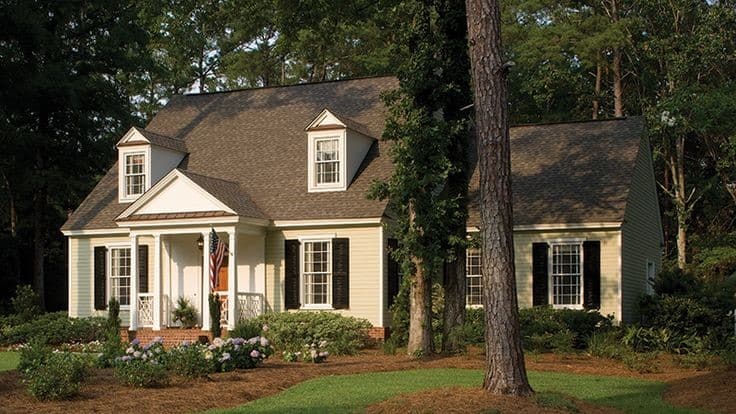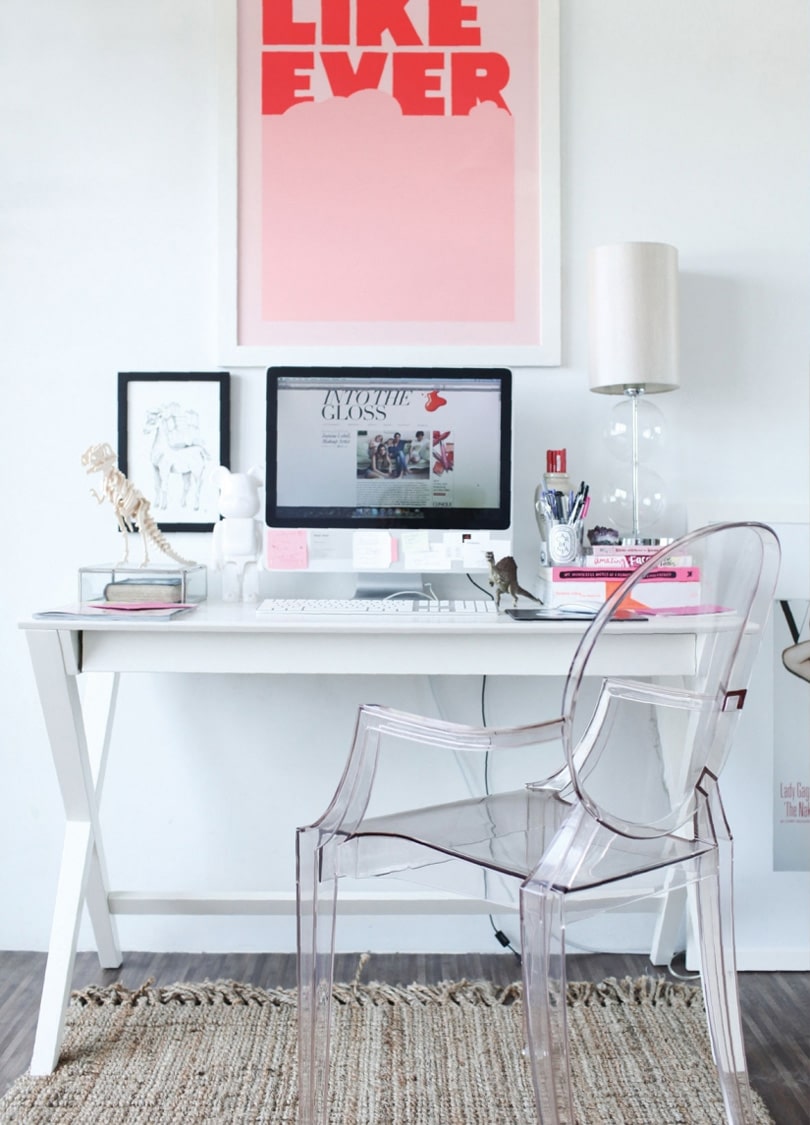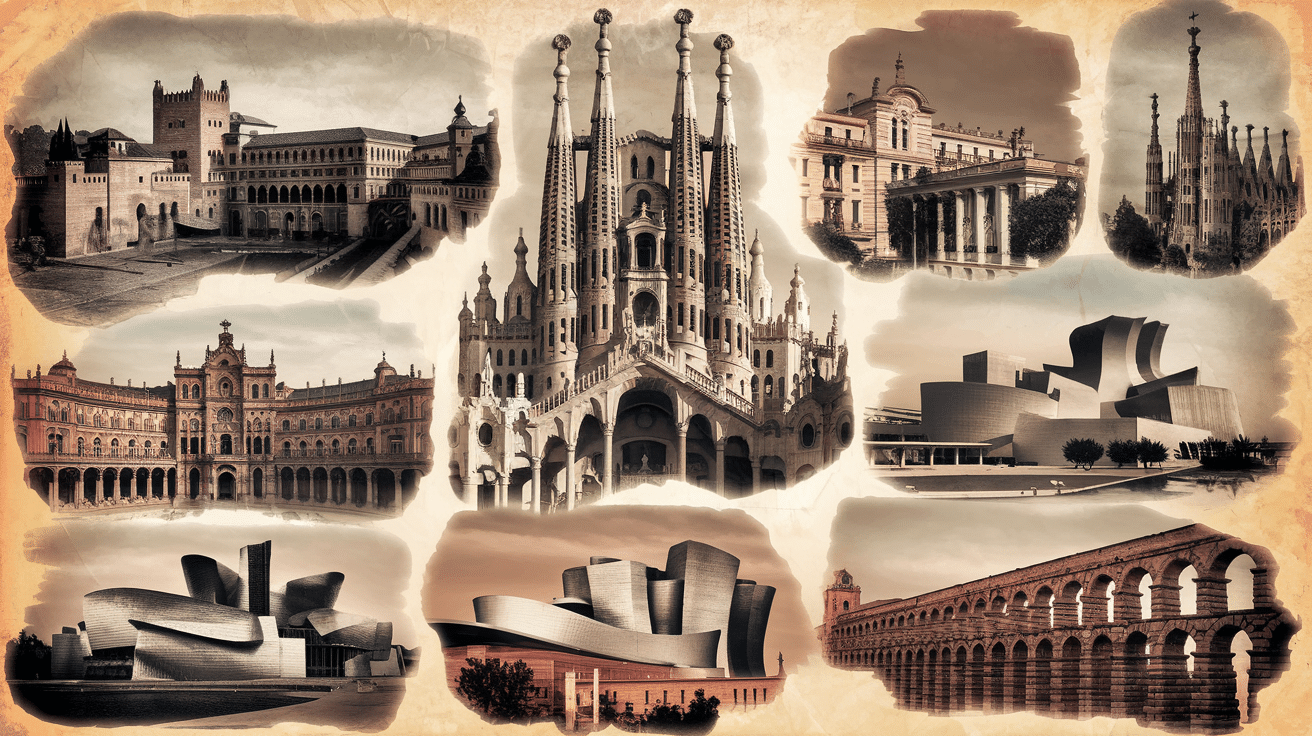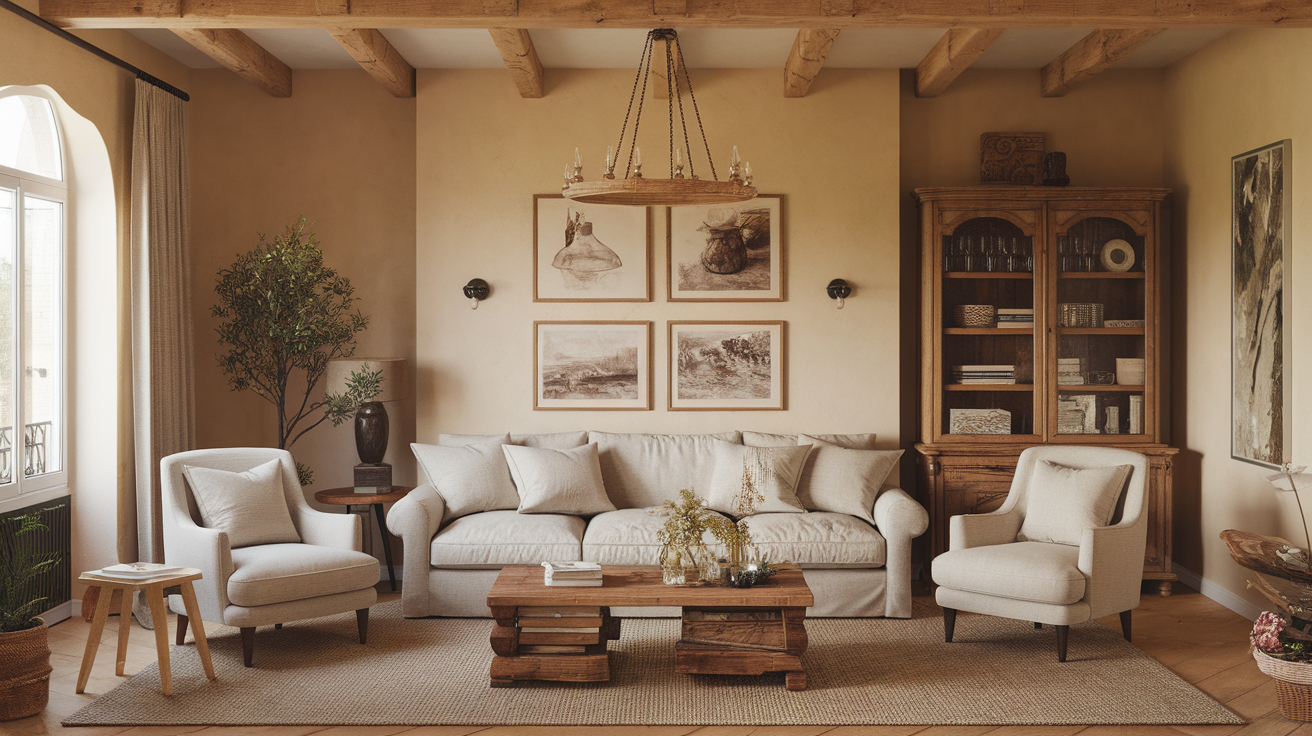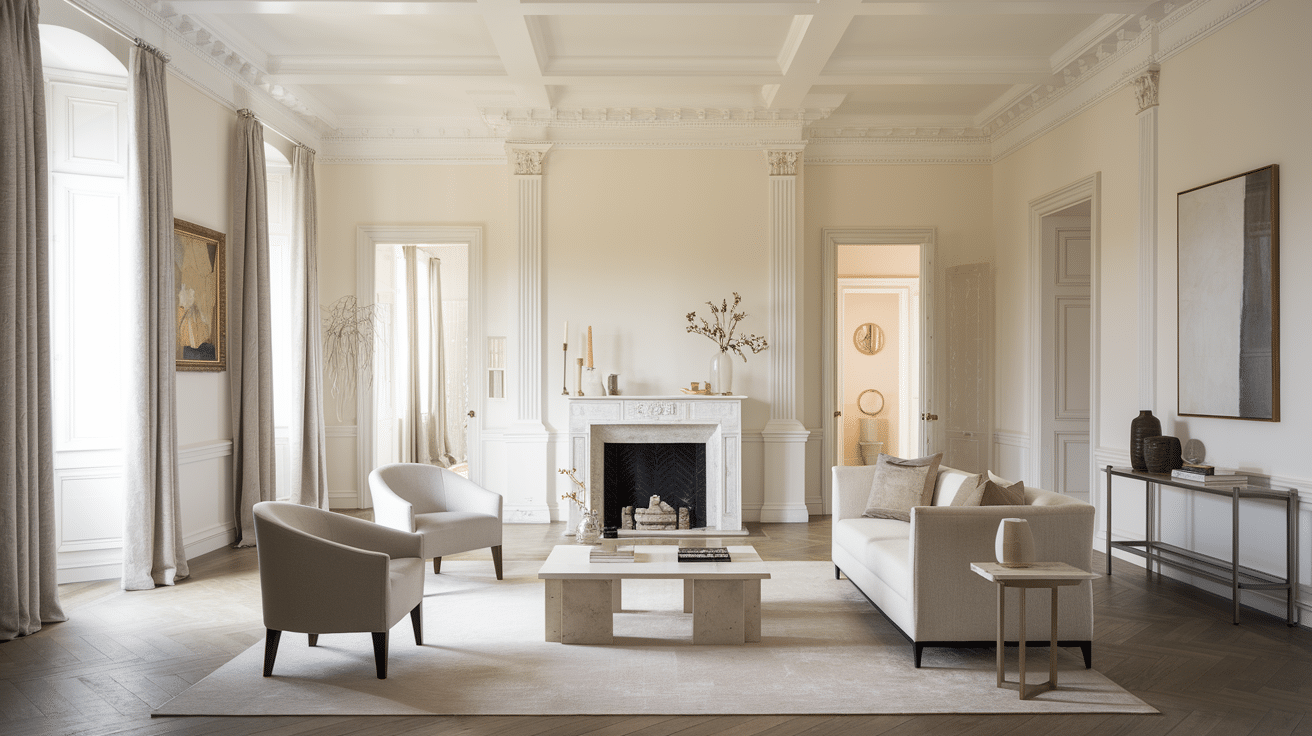What Size Qualifies a House as a Cottage?
Building a cottage house is a dream for many of us and others. Isn’t it? No matter the reason for building a cottage house, you must be willing to make it perfect in every aspect.
However, determining the perfect house size can be different if you are new to building a cottage. Also, you may know that different types of cottages determine the house size, so different cottage styles have different sizes for cottage houses.
For example, an English cottage bathroom will be smaller than a Nordic one. So, the style you choose also contributes to determining the best size for your cottage house. Other factors play a crucial role in deciding the right cottage house size.
To make your work less hazardous, we have done a quick research, and below, we have shared a brief guide to the perfect cottage house size. So, keep on reading.
How Do You Decide on The Right Size of Cottage?
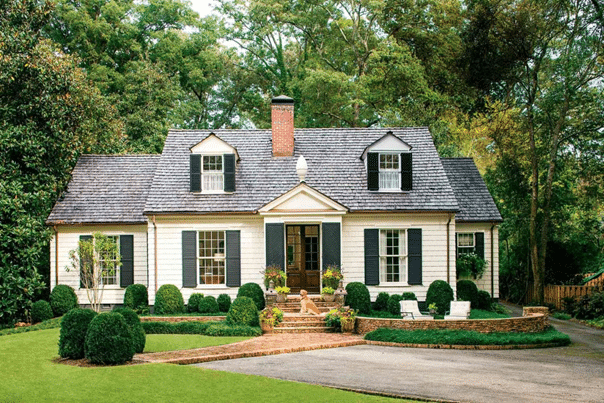
Deciding the right size for your cottage house isn’t easy. So, the best way to do it is to begin with the basics. Understanding what a cottage means will help you determine the house size better.
A cottage is a simple one-story dwelling. It is a decades-old house-style part of the feudal system. Today, the feudal system has long gone, but the cottage house system still exists (even much loved) in older times.
People (known as cotters) lived in small cottage houses on feudal land. Cotter and cottage come from the Latin word ‘cotagium’. The primary characteristics of cottage houses include a single-story building (of wood or rock) with thatched roofs and a prominent fireplace.
This type of house setup displays a simplistic and charming village or rural living aesthetics.
Origin of Cottage Style

Understanding the origin of cottage houses is also essential for building a perfect-sized house. The use of the word cottage dates back to the Middle Ages. It originated from the Latin word ‘cotagium’. According to this, an old English cottage house was the home of cotters.
These cotters used to live in the manor (a feudal property). Cottages began to be built during the Middle Ages and continued through different eras of English architectural history. For instance, you can see cottages in different eras, including Victoria and Tudor.
Even today, the cottage house hasn’t lost its relevance, as people still love building and living in cottages. You can see this building structure worldwide, from Finland, Sweden, and Norway to England, the USA, Africa, Canada, and Russia.
Size of A Cottage Style House
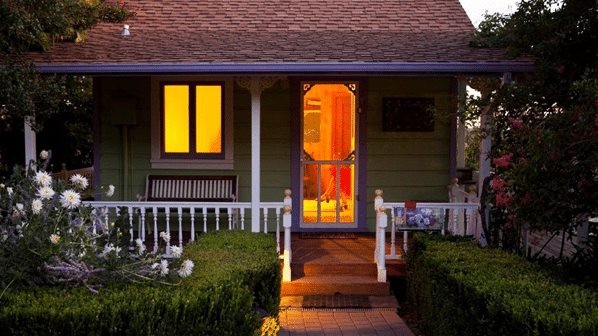
The ideal size of cottage houses mostly ranges between 1000 sq. ft. to 1200 sq. ft. Cottage houses must have a tight layout. It can often cause difficulty in designing the space. This structure includes nooks, crannies, and cozy corners.
- Architectural Style of A Cottage Home: Most cottage houses are designed to meet the house owners’ unique needs, choices, and preferences. As a result, they all come with unique features and variations in the architectural style.
- Interior Features of A Cottage Home: The interior of cottage houses incorporates many natural materials. It may feature a fireplace, exposed stone and brick wall, built-in shelves, nooks, and arched downways.
- Exterior Features of A Cottage Home: Cottage houses’ exterior or outer space incorporates asymmetrical design, chimneys, sharp+edged roofs, back decks, wrapped porches, and designed outdoor seating space.
Different Types of Cottage-Style Homes
As we have discussed earlier, there are different types/ styles of cottage homes. Also, each comes with unique characteristics such as shape, size, and structure.
Here are some popular cottage house styles you can try:

1. Nordic
Nordic-style cottage houses are often made with wood and rock. They used to paint the roof red to stand out the surroundings in different seasons (the whites and grays of winter and greens of summer). Nordic or Scandinavian cottages serve as holiday homes for Norwegian, Swedish, and Danish people.
2. French
French cottages have an aesthetically pleasing structure. Some prominent features of a style Cottage include clay-tiled roofing, stone facades, and brickwork. They also boast romantic vines climbing up on the building exterior with vibrant exterior shutters.
3. English
You can see these types of cottage houses in English countryside regions. English cottage houses have thatched roofs for natural or economical water (climateproofing). Also, English cottage houses have joined cottage gardens that grow up next to the cottage building.
4. Canadian
Most Canadian cottages are similar to US-style or English-style cottage houses. Most Canadian-style cottage houses are located near water bodies in the country (Canada). They are also suitable to have a double story, and white is the prominent color here.
5. Bungalow
Bungalows came into popularity in the US during the 20th century. They are a beautiful cottage style with gabled roofs, exposed beams, and rafters. Bungalows display one one-and-a-half-story building with low-snug, shaded front porches.
6. Coastal
Most coastal cottages are placed near the waterside. Also, the majority of USA cottages fall under this category. You can see them in regions like Massachusetts, Cape Cod, East Coast, California, Carmel, Monterey, West Coast, etc.
Conclusion
Cottage House is a cozy, warm, and countryside house architecture. If you want to build a cottage, you must know what size of a house qualifies as a cottage house.
However, there is no one specific home size that qualifies as a perfect size house for a cottage. Style, size, interior, and exterior help determine cottage house size.
Above, we have discussed the perfect cottage house size in detail. We have talked about different cottage styles such as Nordic, English, Canadian, Coastal, and more, including their unique features to help you understand the perfect house size that qualifies as a cottage house.
Hope this helps you to build your dream cottage. Also, share your thoughts and ideas about cottage houses in the comments below.

